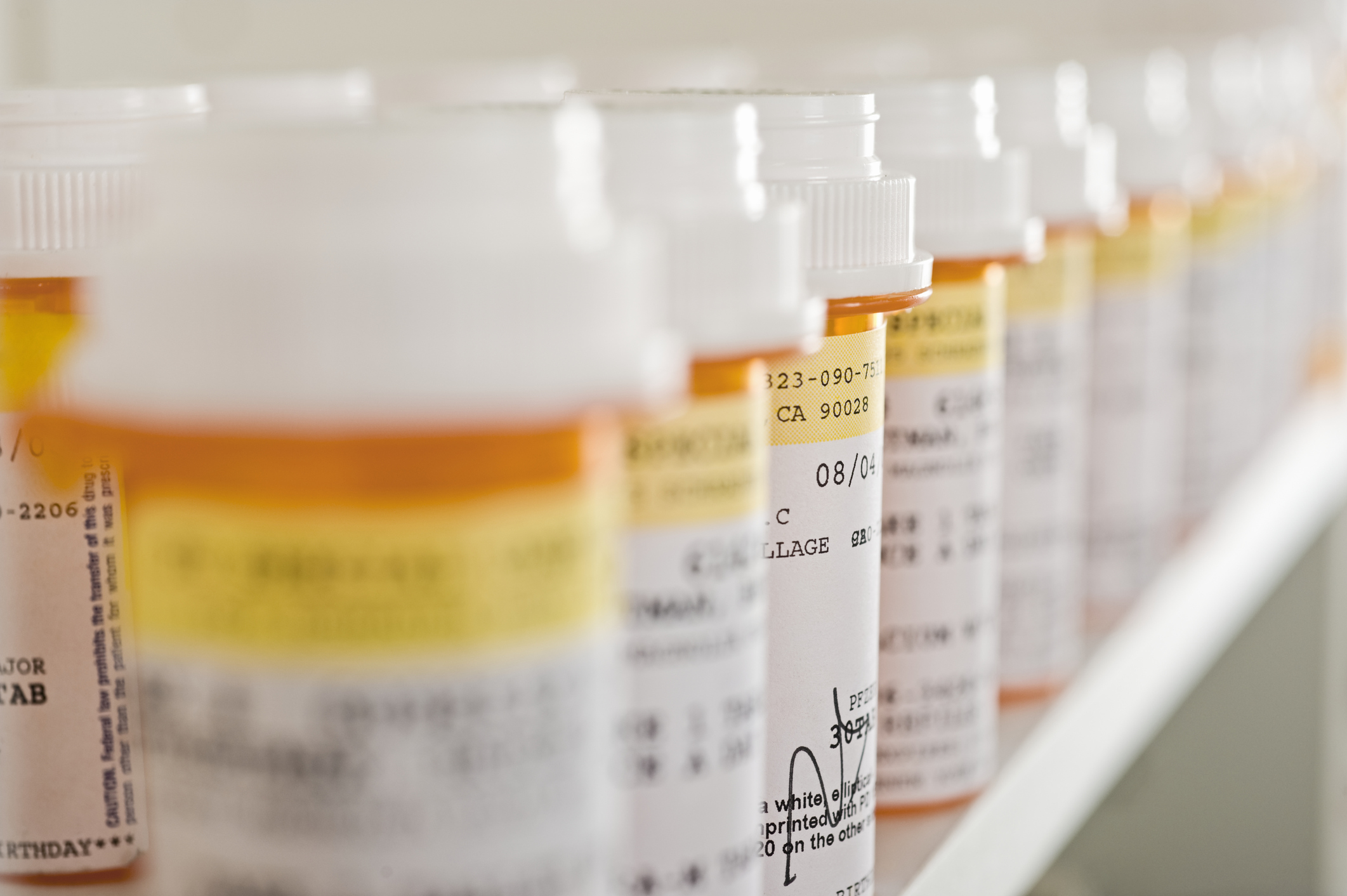
Is the government willing to infringe on drug patents to curb a public health crisis?
The federal government might have the legal authority to infringe patents in order bring life-saving drugs to the public, according to an article appearing in a recent issue of Health Affairs.
The release of Sovaldi and Harvoni, two new drugs that can cure hepatitis C, has forced health advocates, providers, and policymakers to grapple with an old question: What should government do when unsustainable prices on patented drugs restrict access to a cure that can save millions of lives and reduce long-term health costs significantly?
With a 90-95% cure rate and relatively few side effects, Sovaldi and Harvoni seem like an easy answer to curbing the spread of hepatitis C and its devastating long-term health consequences once and for all. But the drugs’ high price tags—$84,000 to $94,000 for the recommended 12-week course of treatment—has severely limited access, sparking anger among health advocates fighting to bring these cures to the masses and putting pressure on lawmakers to solve a mounting cost and public health problem.
Authors Amy Kapczynski, a professor at Yale Law School, and Aaron Kesselheim, associate professor of medicine at Harvard Medical School and director of the Program on Regulation, Therapeutics, and Law at Brigham and Women’s Hospital, argue that the federal government should rely on a so-called “government use” strategy to lower the prices of high-cost drugs.
The federal “government use” law permits the government to use patented inventions without permission as long as it provides “reasonable and entire compensation” to the patent holder.
Kapczynski and Kesselheim argue that patents allow companies to “bar competition and act as the sole supplier of a new medicine,” while charging “profit-maximizing prices” at great social cost. By contrast, Sovaldi reportedly costs as little as $900 in some other countries.
By invoking its power under the government use law, the government could, in exchange for reasonable royalties to the patent owner, allow other manufacturers to produce or import generic versions of the same drugs. At the very least, this could reduce prices for patients who receive care through federally funded health programs, although Kapczynski and Kesselheim believe there is potential for even broader application.
Kapczynski and Kesselheim’s approach, described by some as a form of “eminent domain for drugs,” urges invocation of government use authority when “there is evidence of excessive pricing as measured against the risk-adjusted costs of research and development,” and when “substantial population-level benefits could be realized.” Sovaldi and Harvoni, they argue, fall squarely within these limits.
High-priced drugs are not a new issue, especially for illnesses that afflict only small numbers of people. But hepatitis C is not a rare condition. Three to five million people are infected in the United States, with 16,000 deaths reported annually from complications related to the virus.
Previously available treatments had low cure rates, debilitating side effects, and long treatment periods. Most hepatitis C patients were either too unhealthy to withstand such a physically taxing treatment, or else unwilling to suffer through the side effects given the low likelihood of being cured.
Gilead Sciences spent $11 billion to acquire the rights to Sovaldi in 2011, and put it on the market in 2013. The following year, the FDA approved Harvoni. Harvoni is reportedly easier to take than Sovaldi and has fewer side effects, and can be prescribed to almost any patient.
As a result of their high costs, the new drugs are having a detrimental effect on the health care system, contributing to a 12.2 percent increase in prescription drug spending in 2014 and are threatening to increase insurance costs across the board.
State Medicaid programs and the U.S. Department of Veterans Affairs (VA)—which provide coverage for close to 1 million people infected with hepatitis C—have been forced to ration access to Sovaldi and Harvoni to only the sickest patients. A 2015 investigation by the Senate Committee on Finance revealed that only 2.4% of Medicaid participants with hepatitis C had been treated, with some states spending tens of millions of dollars to treat just several hundred patients.
The VA recently announced that increased funding from Congress has enabled it, at least for now, to provide treatment to all veterans. But state Medicaid programs remain under pressure from the federal Centers for Medicare and Medicaid Services (CMS) to make sure any limits placed on access to the drugs are “reasonable.” Although CMS has attempted to work with drug companies and states to lower drugs prices, lack of competition and virtually guaranteed nationwide Medicaid coverage of Gilead’s drugs provide little incentive for the company to drop prices.
Yet even with rationed access and federal drug rebates available to some public health programs, treating everyone who needs the drug has been impossible. Health advocates argue that, when a debilitating disease affecting millions of people can be cured with a single pill, it is wrong for pharmaceutical companies to reap excessive financial rewards at the expense of public health. They say that the price of Sovaldi and Harvoni does not accurately reflect Gilead’s costs, and the company should be held accountable for needlessly restricting access.
But lawmakers and advocates have been unable to find a way of forcing drugs companies to lower prices.
Earlier this year, 51 members of Congress urged the National Institutes of Health (NIH) to issue guidance on government power under the Bayh-Doyle Act. That Act’s “march-in rights” provision allows the government to bypass patents on drugs developed using federal funding under certain circumstances.
Under both the government use approach and the Bayh-Doyle Act, the executive branch is authorized to act whenever it deems necessary without Congressional approval. However, even if NIH were to exercise its march-in rights under Bayh-Doyle—something which the agency has never done before, despite having been asked to do so—some speculate that various statutory limits on this authority might render it ineffective in many situations. The government use approach is therefore considered by some to be the more promising solution to the hepatitis C drug price problem.
Of course, Kapczynski and Kesselheim recognize that the use of this strategy could reduce drug company profits. However, they argue that this should not deter investment in research and development because the amount of compensation provided to the patent owner would be calculated to account for a reasonable return on investment.
Determining what constitutes reasonable compensation might require some intervention and “fine-tuning” by the courts, say Kapczynski and Kesselheim. But they argue that, even to the extent that errors are made in calculating compensation, “the costs of possible errors must be weighed against the very substantial benefits of government use as a strategy to lower drug costs and improve access to medicines,” particularly where “communicable and life-threatening diseases” such as hepatitis C are concerned.
Additionally, Kapczynski and Kesselheim argue that the federal government could save billions of dollars in the future just by asserting its “government use” rights as a check on drug company behavior. Once companies know that the government will step in when a new drug threatens decimation of public health program budgets, the companies may decide it is in their best interests to set more reasonable prices from the start.



